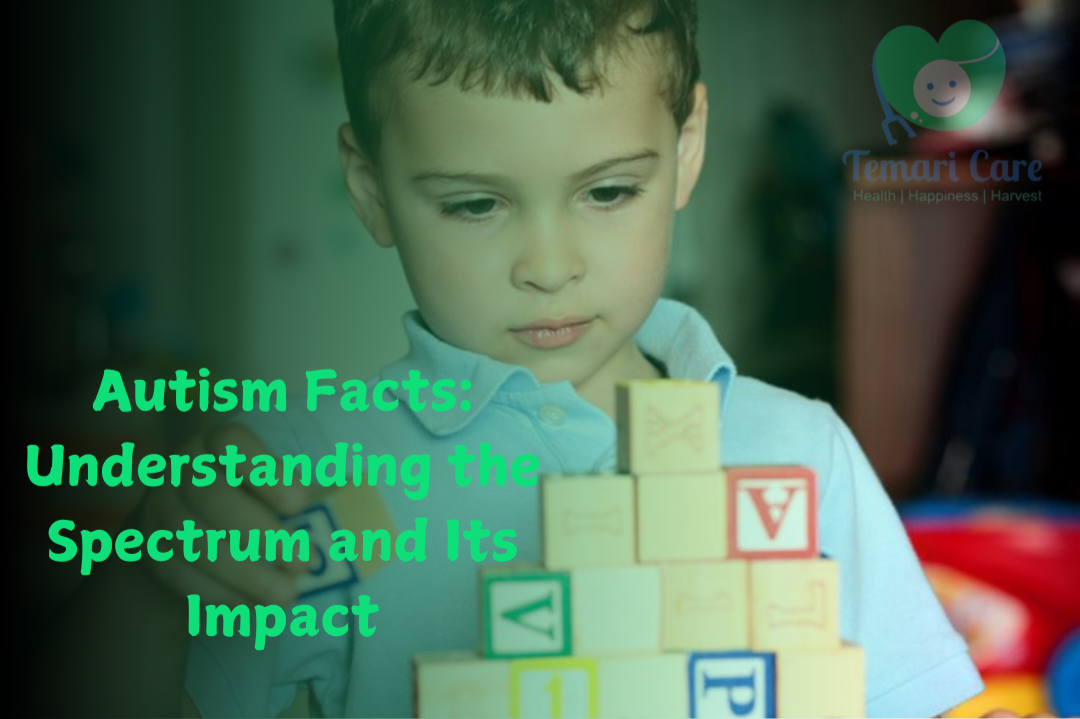Here are six facts about autism that stand out:
1.Prevalence: Autism Spectrum Disorders (ASDs) are almost five times more common in boys (1 in 42) than in girls (1 in 189), affecting children across all racial, ethnic, and socioeconomic groups.
2.Genetic Insights: Mutations on chromosome 16 have been linked to autism, suggesting that the same genetic changes that contributed to human intelligence may also play a role in the development of autism.
3. Sensory Sensitivity: Many children with autism exhibit reduced sensitivity to pain but heightened sensitivity to sound, touch, and other sensory stimuli, which can affect their comfort with physical interactions.
4. Brain Development: Research indicates that the amygdala, a brain region responsible for emotional processing, is, on average, 13% larger in young children with autism compared to those without the disorder.
5. Environmental Triggers: A study found that higher levels of precipitation in certain counties correlated with increased autism rates, potentially due to the association with pollutants and reduced vitamin D levels.
6. Historical Context: Autism was initially termed “Early Infantile Autism” or “Kanner’s Syndrome,” and the condition was added as a category in special education in 1991, reflecting the growing recognition of its significance.


